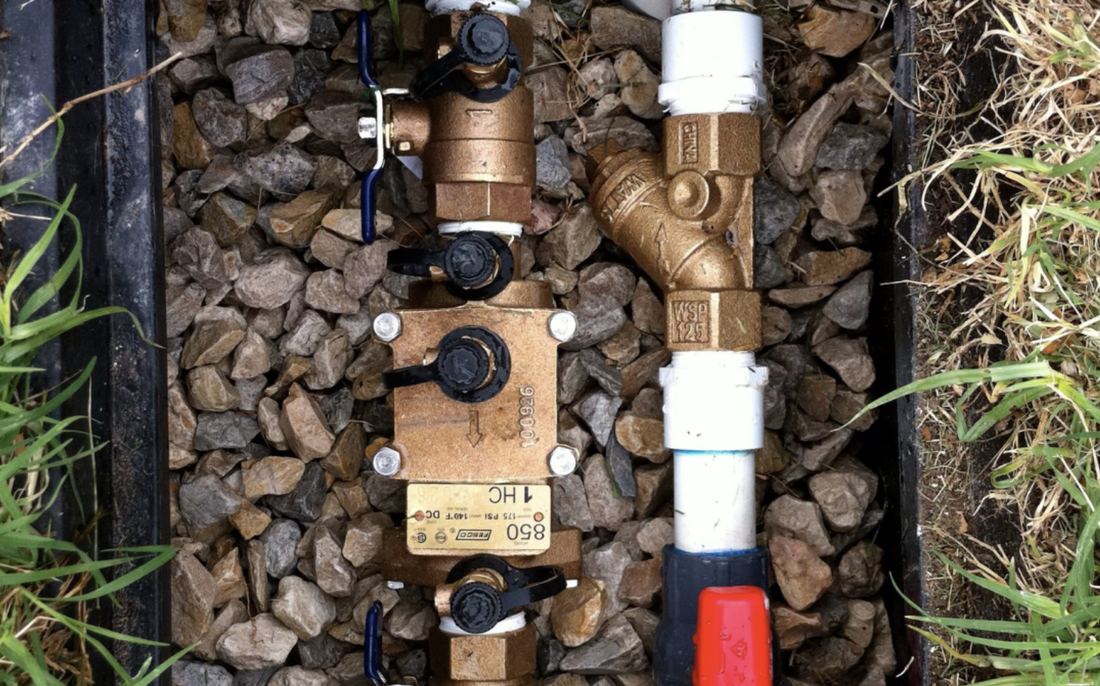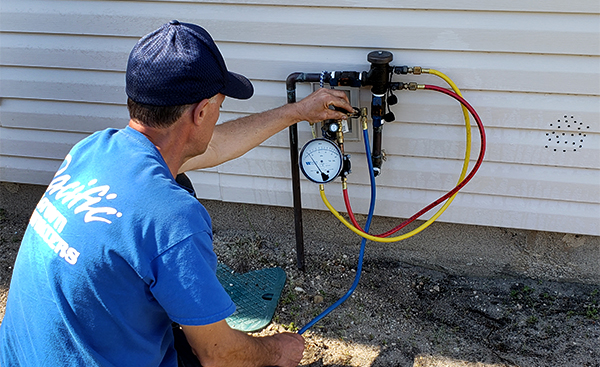Just about every person seems to have their own individual rationale on the subject of Backflow Prevention.

Yes, you require to backflow examination your residence's water supply to make certain that the water is free of toxic substances and unsafe levels of chemicals. You must not attempt to perform heartburn screening on your very own since of the devices required and also room for error. We suggest that you call a professional plumber every couple of years to test your water.
Heartburn Can Impact Both You and Your City
Due to the fact that harmful backflow can affect the public water supply in addition to a solitary structure, several cities develop backflow guidelines. Fortunately, contemporary cities have backflow devices in position that shield the supply of water that comes from many homes and business homes. The actual risk comes from watering systems, which can damage the water system with harmful fertilizers, manure, as well as other chemicals.
What Causes Backflow?
A common source of heartburn is a loss of water pressure that causes the water to siphon back into the water system. An example is cleaning out a paint container utilizing a hose pipe. You fill the paint pail up with water, leaving the pipe in the bucket. After time, there is a loss in water stress and also the tube begins to draw the water back right into the supply of water. As you can picture, there are currently chemicals from the paint that are going into the water supply, potentially posing a threat. Numerous people are not also mindful of backflow testing, but there are many factors why it's so important.
Backflow Testing is Required by Law in Specific Cities
Depending upon where you live, you might really be needed by regulation to backflow test your regulation. As an example, Iowa City maintains a record of all buildings served by the city's water. The city requires that certain "high-hazard" facilities undergo heartburn screening. In many cases, homes such as houses as well as apartment buildings are impacted.
You Can Prevent Heartburn
The primary objective of a backflow tool is to avoid water from flowing in reverse right into your water supply. Plumbers set up the device on the pipes in your house to make sure that the water just flows in the appropriate direction.
What is Heartburn?
In short, heartburn is when water moves upwards-- the opposite direction in the plumbing system. This is also referred to as "backpressure." When the water moves in this instructions, it can mix with damaging toxins and also present a risk.
Call a Plumber to Test for Heartburn Before It is Far too late
A plumbing business can rapidly test your house's water to figure out if there are any dangerous chemical levels. And also if you do uncover that your water has high levels of toxins, a plumber can quickly mount a heartburn avoidance tool.
Yes, you need to backflow test your home's water supply to guarantee that the water is totally free of contaminants as well as hazardous levels of chemicals. Lots of cities develop heartburn standards due to the fact that dangerous heartburn can influence the public water supply in enhancement to a single structure. A typical reason of backflow is a loss of water stress that causes the water to siphon back right into the water supply. After some time, there is a loss in water pressure and the tube starts to draw the water back into the water supply. The major function of a heartburn tool is to prevent water from streaming backward into your water supply.
Backflow Testing: What Is It, and Why Is It Necessary?
What Is Backflow?
Backflow is exactly what you might imagine this somewhat gross-sounding word to mean. It is contaminated water that has reversed flow, and as a result, enters into the clean water lines of homes and businesses. Backflow is typically caused by a significant change in water pressure. This can be due to a water main break, frozen pipes or an unexpectedly high demand on the water system. It can occur at any cross-connection between clean and dirty water in residential, commercial or industrial water lines. And the worst part – backflow can contain hazardous materials like human waste, pesticides or chemicals. Needless to say, it poses very, very serious health concerns, not to mention the potential for a heap-load of expensive stress!
Backflow Prevention and Testing
In order to safeguard against backflow in standing structures, a backflow prevention device should be installed by a trusted team of professionals. Once installed, if there should ever be an unexpected or dramatic change in water pressure, the device will prevent backflow from entering into the clean water supply system. But, again, it’s important that this device is properly installed by a professional so that they can test it and ensure that the clean water line remains contaminant free. This really is key.
While personal standards and responsibilities should maintain certain routine testing requirements, there are already municipal codes in place that require annual testing of these backflow prevention devices. This ensures that they are functioning properly and that no hazardous contaminants are spilling out into the clean water supply. If, however, testing of any device is not completed on time, you should know that a property or business’ water supply might be interrupted, and the property owner might even face fines. So, to avoid this from happening to you, we recommend scheduling a backflow test well in advance.
Fortunately, here at Tritan, we can help schedule and carry out backflow testing for your property. We provide a variety of backflow-related services, including prevention device installation and testing. Call us today and make sure that this stressful problem doesn’t happen to you and your property or business.
https://www.tritan-plumbing.com/blog/2018/february/backflow-testing-what-is-it-and-why-is-it-necess/

I'm just very focused on Is backflow testing necessary? and I am hoping you enjoyed reading the entire article. You should take the time to distribute this post if you appreciated it. We truly appreciate reading our article about Commercial Backflow Testing.
Schedule